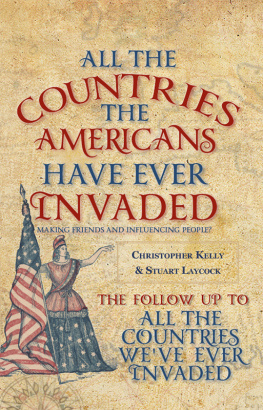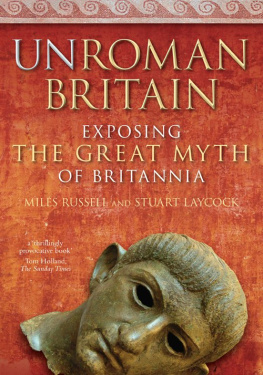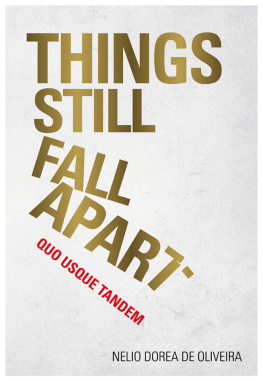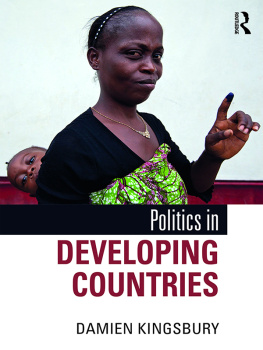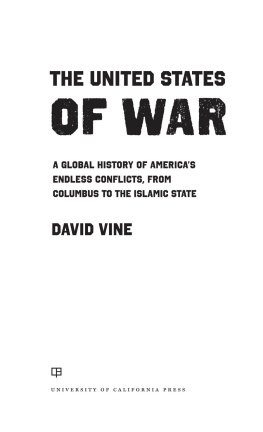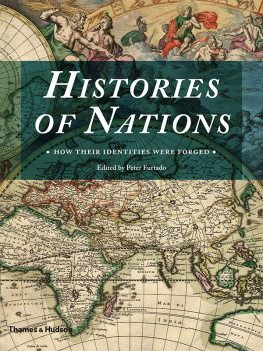First published 2015
Amberley Publishing
The Hill, Stroud
Gloucestershire, GL5 4EP
www.amberley-books.com
Copyright Christopher Kelly and Stuart Laycock 2015
The right of Christopher Kelly and Stuart Laycock to be identified as the Authors of this work has been asserted in accordance with the Copyrights, Designs and Patents Act 1988.
All rights reserved. No part of this book may be reprinted or reproduced or utilised in any form or by any electronic, mechanical or other means, now known or hereafter invented, including photocopying and recording, or in any information storage or retrieval system, without the permission in writing from the Publishers.
British Library Cataloguing in Publication Data.
A catalogue record for this book is available from the British Library.
ISBN 9781445651767 (PRINT)
ISBN 9781445651774 (eBOOK)
Typeset in 10pt on 12.5pt Sabon.
Typesetting and Origination by Amberley Publishing.
Printed in the UK.
Contents
Acknowledgments
Thanks to many institutions that have helped, particularly the IWM Duxford, the RAF Museum Hendon, the Cambridge-American Cemetery, the American Embassy in London, the Battleship Texas, the USS Pampanito, the West Point Museum, the Maryhill Museum of Art, Visit Spokane and the Whitehaven Archive in Cumbria.
Introduction
In the second half of the twentieth century simply no other country on earth had the kind of global military reach as that of the United States of America. And even in the twenty-first century, as China becomes increasingly self-confident, as Russia once again expands its ambitions and as countries like India start to become new global forces, the US is still unique.
The question of exactly how many countries America has invaded is something that is frequently discussed, often heatedly. This book sets out to answer this question and also answer the question of how Americans have interacted militarily with almost every country on earth. Its an amazing story that starts even before 1776 and is ongoing today.
To some, America is the great champion of freedom and democracy in the world. To others it is the enemy of freedom, an empire in all but name, prepared to use military force to extend the reach of American capitalism. To most, it has seemed a country that has done both good and bad. In that sense it is like most countries, but because of its global reach, where it has done good it has often done so on an epic scale (like the key role it played in defeating Hitler), but where it has done bad, its failings too have often been on a larger scale than those of many less-powerful countries.
Whether you love America or whether you loathe it, an option few people have is to ignore it entirely. And in that sense the story of its global military activity, of how it has interacted with just about every country, is of relevance to just about every person in the world.
The core of this book is American invasions and places where America has fought in conflict. However, because America has over the years run an extensive network of US military bases in independent countries and has also conducted an extensive programme of military assistance to other nations, this book will also look at those areas as a secondary focus.
Obviously at times the OSS, CIA and other US intelligence agencies have been involved in organising activities that would clearly fall into a military category. These organisations are not the prime focus of this book and espionage itself is not within its remit. We have, however, included some instances where these organisations have been involved in organising significant military activity.
The US has a long history of conducting secret operations and in recent years, as US forces have increasingly focused on fighting organisations like al-Qaeda, Al Shabaab and ISIS, the importance and prevalence of such operations has only grown. Particularly with more recent secret operations, it is often hard to say precisely whats going on without ending up in the realm of speculation and controversy. A broad, general book like this cannot adequately deal with such controversies where hard facts can be few and far between, and so we have restricted ourselves to mentioning such operations only when the evidence for them is most extensive and most generally agreed, and where they are also significant in the broad picture.
It is also beyond the remit of this book to speculate on the motivation behind some current US military activity. For instance, some may see US involvement in training troops from assorted African countries as peacekeepers as an innocent attempt to send African troops who know their continent better than Americans and Europeans to solve African problems. Others may interpret such US efforts as attempts to get Africans to fight wars as US proxies. It is another area of speculation and controversy with which a broad, general book like this cannot adequately deal.
Weve used modern boundaries as the basis of the book because they are the most readily recognisable and easily accessible for many people.
A book this size cant possibly deal with every American military action and activity, and weve focused less on the widely known aspects of US military activity and more on the less-widely known aspects, we have also avoided studying US military history within the current boundaries of the United States (its pretty obvious that the US has been fairly heavily militarily involved with that, and a lot of people are already broadly aware of bits of history like the American Revolution, the expansion of US power westwards to the Pacific, and the American Civil War) but we do hope the examples weve chosen to include do give a useful outline of US military history around the world.
Finally, a book like this obviously takes a long time to research and write and many significant events have happened during that period. We have tried to make sure, where major events happened after the relevant country chapter had already been written, that the relevant chapter has been updated, but if we have missed anything that should definitely have been included, then we can only apologise and say that well try to make sure that it is included when and if another edition of the book is published.
This book is a revised, re-edited and reworked version of the book published in the United States as America Invades.
Afghanistan
Quite a country to start with. But then Afghanistan is first alphabetically in the list of the worlds countries and, frankly, the first country a lot of people would list if you asked them to name a country America has invaded.
Despite flirting with Imperial Germany and the Axis powers, Afghanistan ultimately remained neutral in both world wars. It was in the post-war decades that America started to have some involvement in Afghanistan. For instance, from 1949 until 1979 the US built the Helmand Valley Authority, which was modelled on the Tennessee Valley Authority. In 1963, King Zahir Shah of Afghanistan visited the United States, meeting President Kennedy and even touring Disneyland, and in 1964 the king introduced a new constitution that included a number of liberal measures.
The king, however, was toppled by a coup in 1973, orchestrated by his cousin Daoud, and Afghanistan was declared a republic. Then in 1978 Afghan Communists seized power in another coup and introduced a secular and Marxist-Leninist programme of action. This, in a strongly Muslim country, led to a spreading insurrection against the government.

